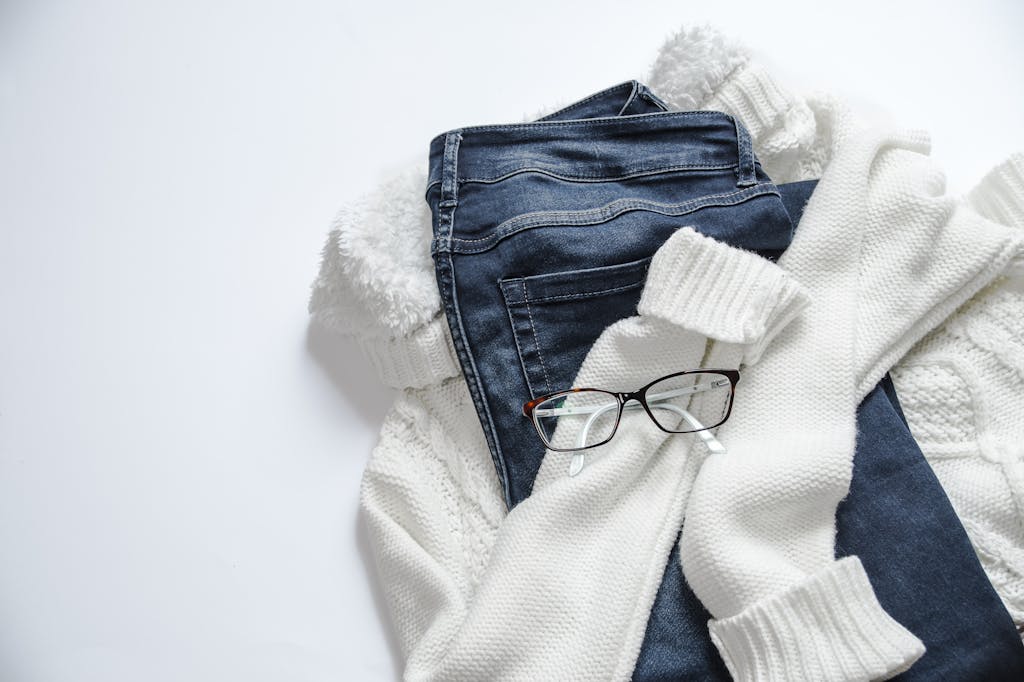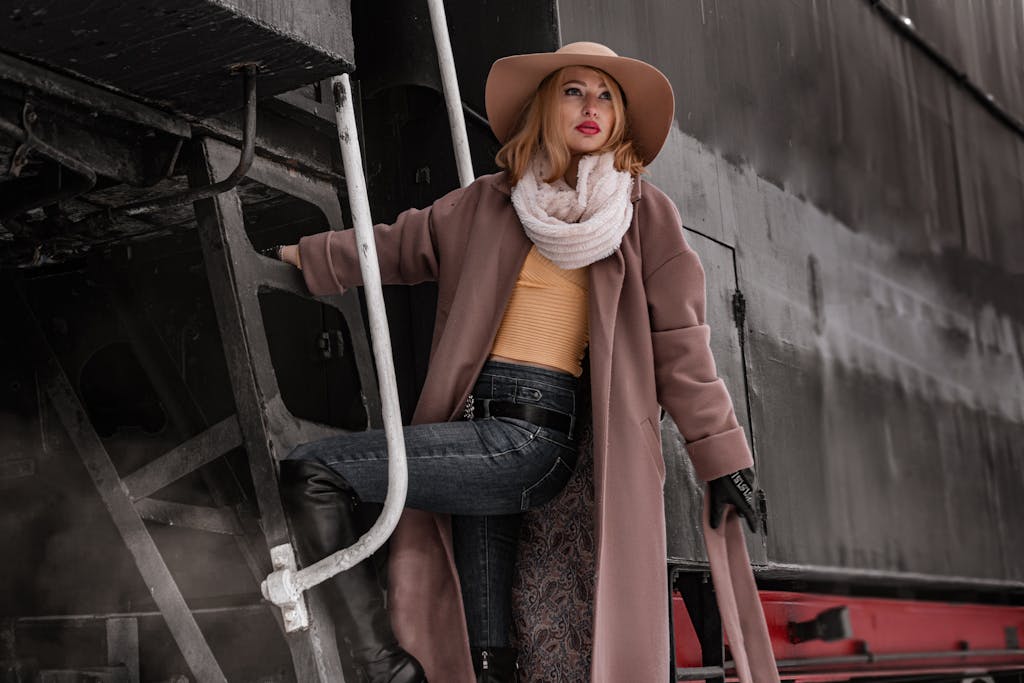Traveling through different climates during a single trip can be challenging, especially when it comes to packing the right clothing and footwear. Mastering the art of layering allows you to stay comfortable and prepared for any weather conditions you may encounter. This article provides essential layering tips for varying climates, practical examples, and links to helpful resources to enhance your packing strategy.
Understanding the Basics of Layering
Layering involves wearing multiple clothing pieces that can be added or removed based on the temperature and activity level. The primary goal is to regulate your body temperature and stay comfortable throughout the day.

The Three Layers
- Base Layer: Worn next to the skin, the base layer’s primary function is moisture management. It wicks sweat away from your body to keep you dry and comfortable.
- Insulating Layer: This layer retains body heat to protect you from the cold. It’s essential for maintaining warmth in chilly conditions.
- Outer Layer: The outer layer shields you from wind, rain, and snow. It’s typically waterproof and windproof, providing protection against the elements.
Layering for Different Climates
1. Cold Weather

Base Layer
- Materials: Choose moisture-wicking fabrics like merino wool or synthetic materials.
- Examples: A merino wool thermal shirt and leggings provide excellent insulation and moisture management.
Insulating Layer
- Materials: Opt for down, fleece, or synthetic insulations.
- Examples: A fleece jacket or a down vest adds warmth without bulk.
Outer Layer
- Materials: Waterproof and windproof materials like Gore-Tex.
- Examples: A waterproof parka or a windproof shell jacket protects you from harsh weather.
Example: Winter Hiking
For a winter hiking trip, start with a merino wool base layer, add a fleece jacket for insulation, and top it off with a waterproof parka. Brands like Patagonia and North Face offer excellent options for layering in cold weather.
2. Warm Weather

Base Layer
- Materials: Lightweight, breathable fabrics like cotton or moisture-wicking synthetics.
- Examples: A moisture-wicking t-shirt and lightweight shorts keep you cool and dry.
Insulating Layer
- Materials: Light fleece or a breathable vest.
- Examples: A light fleece pullover or a breathable vest can be useful for cooler mornings or evenings.
Outer Layer
- Materials: Lightweight, breathable, and water-resistant fabrics.
- Examples: A lightweight windbreaker or a rain jacket for unexpected showers.
Example: Summer Trekking
For a summer trekking adventure, wear a moisture-wicking t-shirt and lightweight shorts. Pack a light fleece pullover for cooler temperatures and a breathable rain jacket for protection against sudden rain. Check out options from Columbia and REI.
3. Transitional Weather

Base Layer
- Materials: Versatile, moisture-wicking fabrics.
- Examples: A long-sleeve merino wool shirt works well in varying temperatures.
Insulating Layer
- Materials: Mid-weight fleece or synthetic insulation.
- Examples: A mid-weight fleece jacket or a synthetic insulated vest.
Outer Layer
- Materials: Waterproof and windproof materials with breathability.
- Examples: A breathable, waterproof jacket that can handle varying weather conditions.
Example: Spring or Fall Travel
For spring or fall travel, wear a long-sleeve merino wool shirt, add a mid-weight fleece jacket for insulation, and carry a breathable, waterproof jacket. Brands like Arc’teryx and Outdoor Research provide excellent transitional layering options.
Footwear for Varying Climates
1. Cold Weather Footwear
- Insulated Boots: Keep your feet warm with insulated, waterproof boots. Brands like Sorel offer excellent options for winter.
- Wool Socks: Wear thick wool socks for added warmth and moisture-wicking properties.
2. Warm Weather Footwear
- Breathable Sneakers: Lightweight, breathable sneakers keep your feet cool and comfortable. Consider options from Nike and Adidas.
- Sandals: Comfortable sandals are ideal for casual strolls and beach outings. Check out Teva for durable, comfortable options.
3. Transitional Weather Footwear
- Hiking Boots: Versatile hiking boots provide comfort and support for varying terrains and weather conditions. Brands like Merrell and Salomon offer great options.
- Layered Socks: Use moisture-wicking liner socks under thicker socks to adapt to changing temperatures.
Final Tips for Effective Layering
- Choose Versatile Pieces: Opt for clothing items that can be mixed and matched for different conditions.
- Pack Smart: Use packing cubes to organize layers and make it easier to access what you need.
- Adjust as Needed: Be prepared to add or remove layers based on the current weather and your activity level.

By mastering the art of layering and choosing the right footwear for different climates, you can stay comfortable and enjoy your adventures no matter the weather. Proper layering not only ensures comfort but also enhances your overall travel experience.
Related Sites for Further Reading
- Patagonia Layering Basics
- North Face Insulated Jackets
- Columbia Layering Basics
- REI Base Layer Tops
- Arc’teryx Layering Guide
- Outdoor Research Layering Options
- Sorel Winter Boots
- Nike Men’s Lifestyle Shoes
- Adidas Men’s Originals Shoes
- Teva Men’s Sandals
- Merrell Hiking Boots
- Salomon Hiking Shoes

